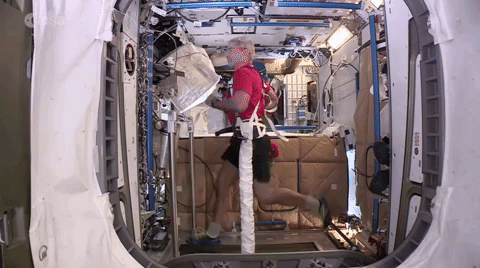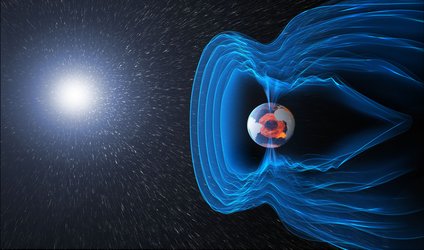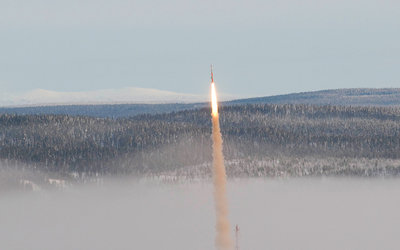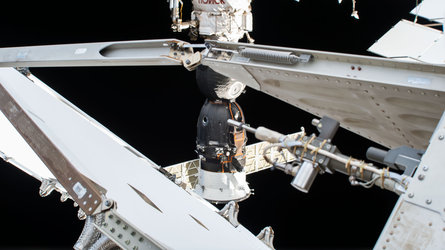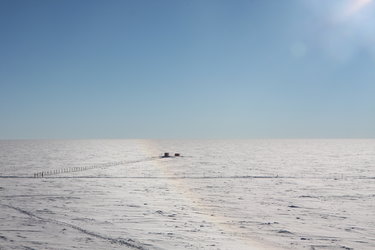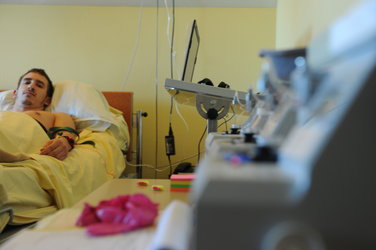Getting a jump on astronaut fitness
Current restrictions are forcing many of us to rethink our exercise routines. But the challenges of limited space and exercise equipment are not just confined to our homes.
On missions to the Moon and Mars, astronauts will have much less space and equipment for exercise than they do on the International Space Station and, according to a recent study funded by ESA, jumping could be key.
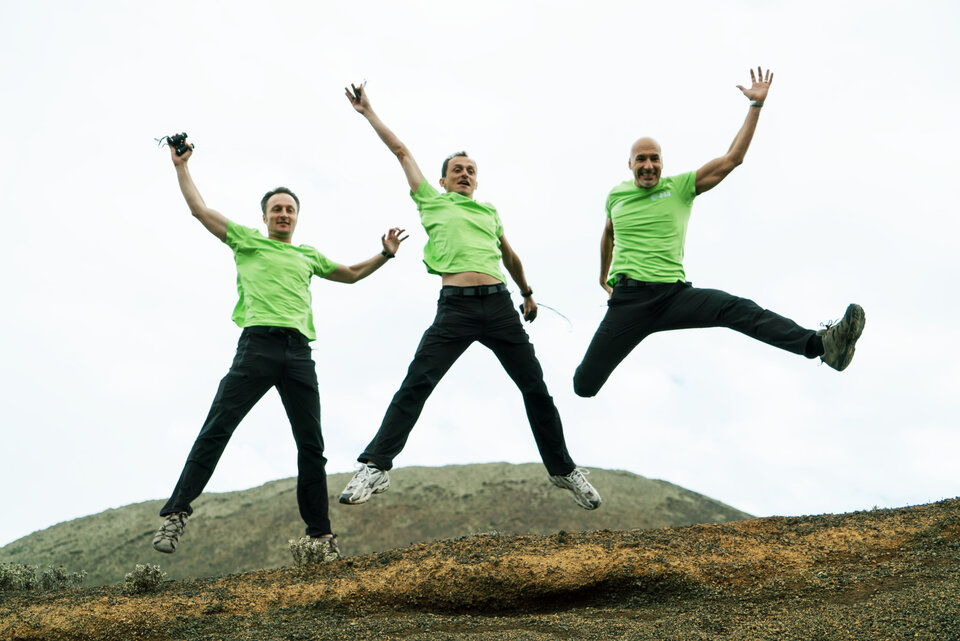
Right now, physical exercise – including set up and pack up – takes as much as a quarter of an astronaut’s working day on the International Space Station. Each astronaut has a tailor-made, yet traditional, routine of cardio and strength training, with the goal of helping them maintain muscle, bone and heart function over many months of life in microgravity.
Medical projects and technology team lead at ESA’s European Astronaut Centre Jonathan Scott says this approach is effective, but there is still variation in how well each astronaut responds. Along with ESA colleagues, Tobias Weber and David Green, he is interested in how other training techniques such as high-intensity interval training HIIT and plyometrics could be applied in space.
Taking a closer look
In a new eBook “Optimization of exercise countermeasures for human space flight – lessons from terrestrial physiology and operational implementation”, contributions from 52 authors across 31 institutions collected knowledge of exercise physiology, and examine how this could be applied to develop even more effective and efficient space workouts.
One thing that stood out was the effectiveness of jumping to counter the effects of prolonged bedrest on Earth. It is something Jonathan describes as “one of the oldest activities in the world”.
New life for old movement

“When it comes to jumping, there is nothing new or clever,” Jonathan explains “but data from a recent bedrest study shows this kind of exercise can be remarkably effective despite not taking much time and being relatively simple”.
Traditional exercise programmes combine aerobic exercise like cycling and running with strength training. But Jonathan says our musculoskeletal and cardiopulmonary systems do not know the difference between the two forms – they just respond to mechanical and metabolic stress.
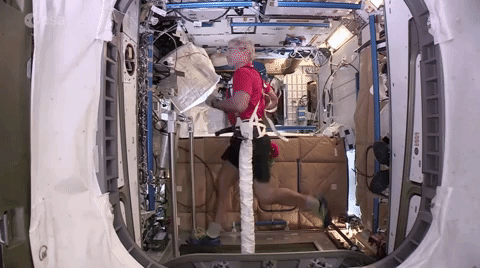
“Jumping seems to provide the right level of stimulus to many different systems,” he says. “If we scale it back to what is essential for future missions, this one exercise targets the areas required to keep physically healthy while addressing challenges we face such as a lack of time, lack of space and less access to equipment.”
Astronauts also tend to lose weight in space. Many lose their appetite and eat less, but maintain an intensive exercise routine. Reducing the amount of energy expended through exercise could help combat this weight loss and reduce the amount of food astronauts need to take with them – an important aspect for future missions where every kilogram of cargo counts.
Where to from here?


Access the video
While jumping shows real promise, more research is needed to understand the optimal form. Any transition to a new type of exercise will also require new or adapted equipment.
A new multi-function fitness machine called the European Enhanced Exploration Exercise Device, or E4D for short, is being developed by the Danish Aerospace Company on behalf of ESA. A flight model is expected to be ready for use during spaceflight missions in 2021.
Although E4D has been designed with the existing exercise approach in mind, Jonathan says it could also test alternative ways of exercising in space.
“Though we see that HIIT protocols are effective, we also know that they are not popular because they are more intense and are not the type of exercise you would expect to do for months on end,” Jonathan says.
“We are looking at how new exercise concepts could be incorporated alongside traditional exercise”.
David adds that the team is supporting development of equipment for jumping in microgravity, however two key questions must be answered first: can people safely perform jumping actions in microgravity, and can it be done without passing vibrations onto a spacecraft’s structure?
Jumping at home
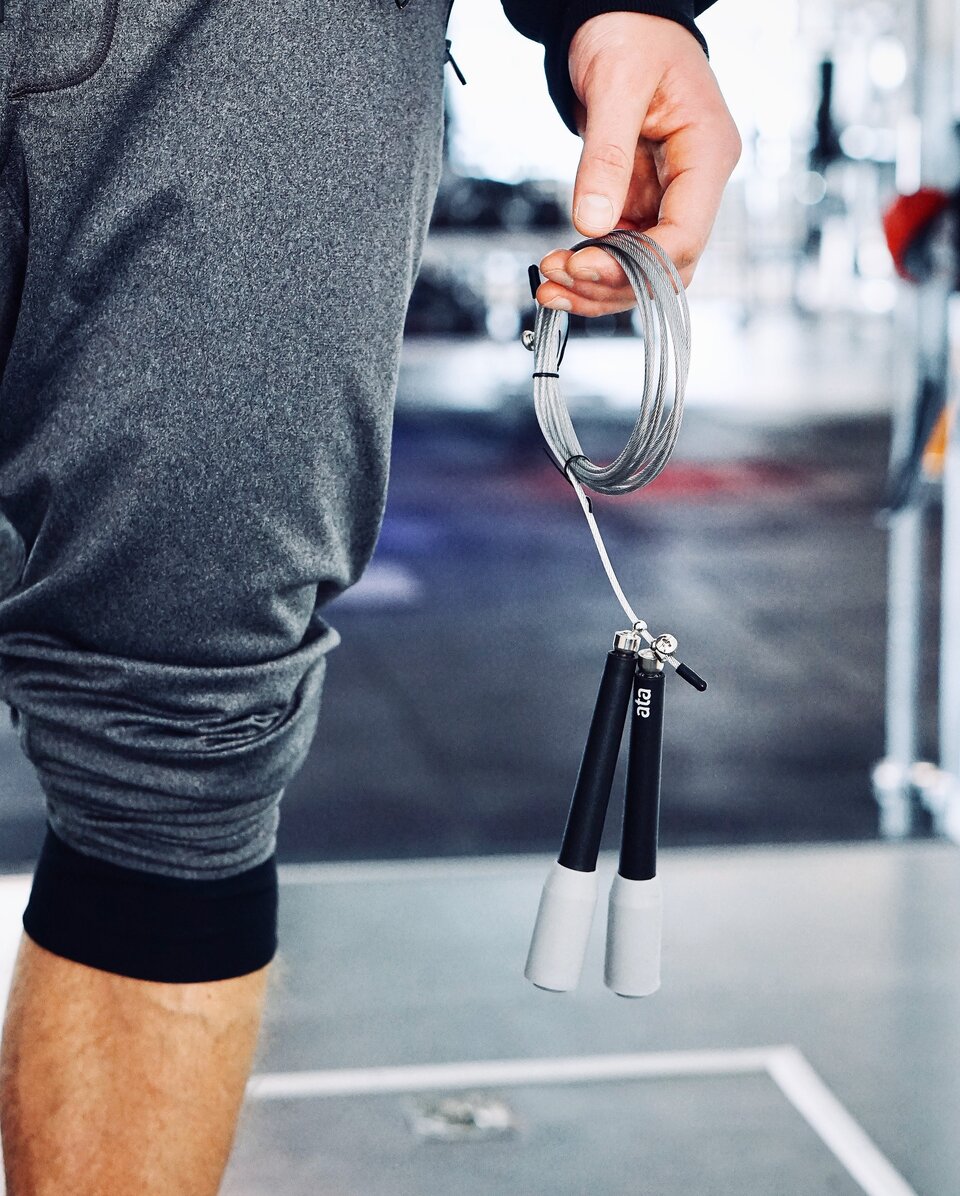
Addressing the restrictions many are facing currently as part of the COVID-19 precautions, Tobias suggests “a daily dose of simple ‘old-school’ rope skipping”.
“This simple exercise can provide a fun but effective way to help keep our musculoskeletal and cardiopulmonary systems fit – even when stuck in a very confined space for months on end,” he says.


